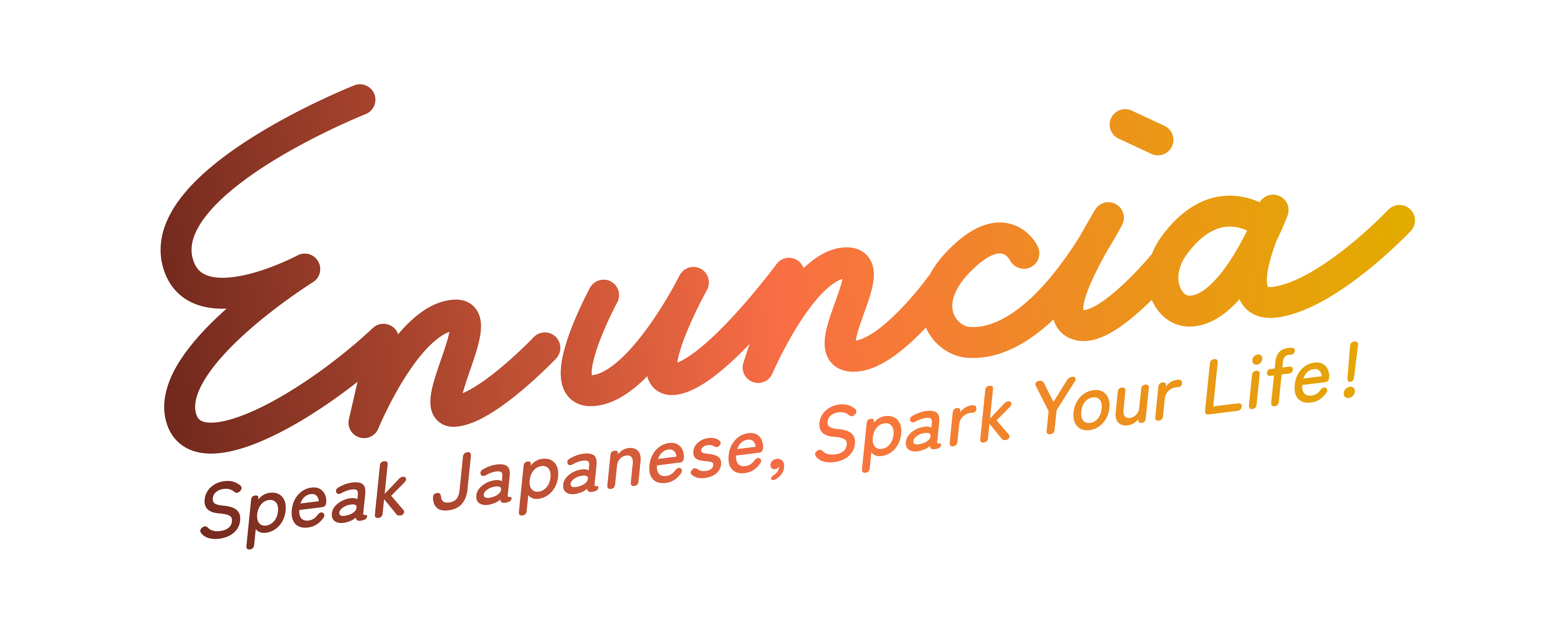JLPT N1・N3 Grammar – “〜だらけ” and “〜まみれ”

Table of Contents
1. Difference between “〜だらけ” and “〜まみれ”
2. 〜だらけ
3. 〜まみれ
4. Situations where both “〜だらけ” and “〜まみれ” can be used
5. Let’s Compare
6. Summary
7. Quiz
8. Similar Articles
9. Comment
Q: Can “〜だらけ” and “〜まみれ” be used interchangeably?
A: Both “〜だらけ” and “〜まみれ” express that something is abundant or plentiful.
In some cases, either can be used, but they differ based on what or which state or condition is being described, so it is important to choose the appropriate term depending on the context. Let’s look into this further.
〜だらけ (JLPT N3)
When there are many of the same items, often in a negative state.
It describes a situation where a place or space is filled with undesirable items or people, or when someone or something has a lot of unwanted things attached or visible.
The key point is that these undesirable elements are “visible” and “plentiful.”
[Rule]
[N] Noun+だらけ
[Examples]
へやがごみだらけです。
The room is full of garbage.
⇒ In the space “room”, there are many undesirable things, which is “garbage.”
子どもが泥だらけになっています。
The child is covered in mud.
⇒ You can see that the child is covered in a lot of dirt which is “mud.”
わたしの自転車は長く使っているので傷だらけです。
My bicycle is full of scratches because I have used it for a long time.
⇒ It is visible that my bicycle has many “scratches.”
公園がねこだらけです。
The park is full of cats.
⇒ The speaker does not favorably view the presence of many “cats” in the space which is “the park.”
*In this way, the prefix “〜だらけ” does not always precede items with a negative or dirty image.
It can also be used subjectively by the speaker for things they consider undesirable.
[Commonly paired words]
ほこり(dust)・泥(mud)・血(blood)・ごみ(trash)・傷(scratches)・穴(holes)・人(people)・間違い(mistakes) etc.
〜まみれ (JLPT N1)
Describes a situation where the surface is covered with a lot of dirty substances, appearing filthy.
It is used when a person, object, or space is covered with an unpleasant liquid or fine materials, resulting in an overall dirty appearance.
The key point is that these undesirable substances are covering the “surface” of something.
[Rule]
[N] Noun+まみれ
[Examples]
パソコンがほこりまみれだったので掃除しました。
I cleaned my computer because it was covered in dust.
⇒ The surface of the computer was covered with a dirty substance, which is “dust.”
泥まみれのくつを洗いました。
I washed shoes that were covered in mud.
⇒ The surface of the shoes was covered with “mud,” which is dirt.
揚げ物をしたら、キッチンが油まみれになりました。
After frying food, the kitchen became covered in oil.
⇒ The kitchen was generally dirtied with “oil.”
[Commonly paired words]
ほこり(dust)・泥(mud)・血(blood)・砂(sand)・汗(sweat) etc.
Situations where both “〜だらけ” and “〜まみれ” can be used
子どもが ①泥だらけ になって遊んでいます。
②泥まみれ
① describes the child as having a lot of mud on them, indicating patches or a significant amount but not necessarily a complete coating.
② implies the child’s body is thoroughly coated with mud, indicating a more extensive covering.
Additionally,
けがをして手が ①血だらけ になった。
②血まみれ
① describes the hand becoming covered in blood from an injury – This suggests that the hand has many spots or patches of blood.
② shows the hand became blood-smeared from an injury – This suggests that the hand is thoroughly coated with blood, providing a more uniform and complete coverage.
Let’s Compare
In the following cases, which is more appropriate: “〜だらけ” or “〜まみれ”?
[Example 1]
今日は暑くて ①汗だらけ になりました。
②汗まみれ
In this case, since sweating usually covers the body entirely, ②”汗まみれ” is more appropriate.
[Example 2]
この間のテストは ①間違いだらけ で10点でした。
②間違いまみれ
Here, ①”間違いだらけ” is correct because the test paper was filled with mistakes (undesirable elements).
[Example 3]
油をこぼして、床が ①油だらけ になってしまいました。
②油まみれ
In this scenario, ②”油まみれ” is correct since oil is a liquid and the floor was covered and dirtied by it.
Summary
〜だらけ
- It expresses the state of “people or spaces being full of undesirable things.”
- “Full of garbage,” “full of books,” or “crowded with people” are examples that can be visually perceived.
- It emphasizes the number or quantity of undesirable elements.
- The term “〜だらけ” does not necessarily precede items with a bad or dirty image.
〜まみれ
- It represents the situation where “the surface of people, spaces, or things is completely covered and dirtied by an unpleasant liquid or fine materials.”
- Since these are liquids or fine particles, terms like “garbage,” “books,” or “people,” which are visually identifiable, cannot be used.
- It emphasizes that the entirety is covered rather than the number or quantity of such substances.
Quiz
Read the following sentence and choose the expression that fits the context from the options provided in the parentheses.
Click on the question to check the answer.
A.だらけ
東京はいつ行っても、人だらけです。
Tokyo is always crowded with people, no matter when you go.
*Tokyo is full of people, which implies the space is crowded, making “だらけ” the correct term. Note that in this context, the speaker views the presence of people unfavorably.
A. まみれ
汗まみれだから早くシャワーをあびたいです。
I’m covered in sweat, so I want to take a shower quickly.
*The entire body being dirty with sweat (a liquid) is accurately described as “まみれ.”
A. だらけ
息子はいつも穴だらけのズボンをはいています。
My son always wears pants that are full of holes.
*The situation where the pants are full of holes throughout is best described as “だらけ.”
A. まみれ
インクがこぼれて、机がインクまみれになってしまいました。
I spilled ink, and now the desk is covered in ink.
*The desk being dirtied by ink (a liquid) is correctly expressed as “まみれ.”






The content focused on JLPT exam preparation is very good. Keep up the great work!
Thank you!